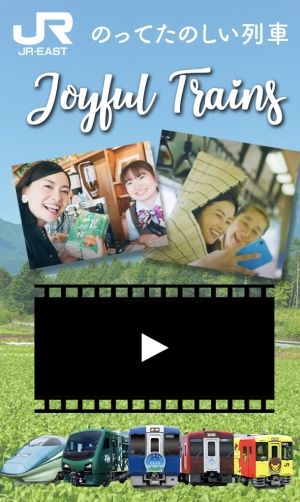An anime (Ghibli) pilgrim in Tohoku
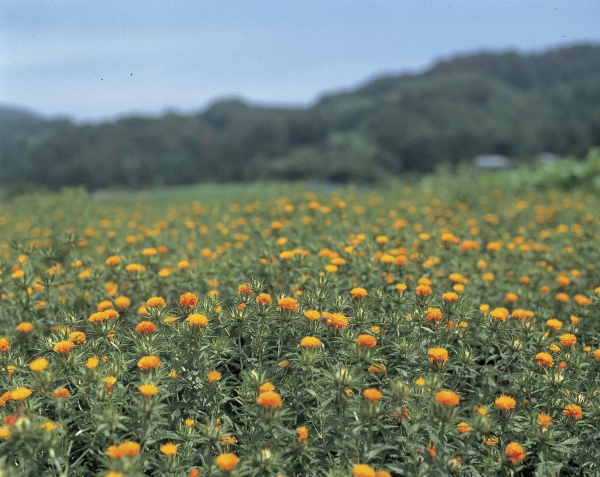
People travel to Japan for different reasons, although some reasons are more common than others. Most people cite food (who doesn't travel for food?), hot springs, and general sightseeing. Some people choose Japan as their travel destination for more specific agenda: graduation trips, striking locations off their bucket list, even ramen hunting (by yours truly). And there’s one trend that has cropped up in recent times: anime pilgrimages.

Hatsune Miku. (Image credit: JR East / Nazrul Buang)
Anime (アニメ) is Japanese animated media, and its history roots back as far as early 20th century. It is loved by people from all over the world, and is considered as one of the main influences for people to learn Japanese (example: yours truly). Some of the most recognised anime titles include Doraemon, One Piece, and Dragonball Z (just to name a few), and they have achieved global reach and put Japan’s contemporary subculture on the world map.
These days, it’s common to see anime being incorporated into almost anything, from product marketing to event marketing. As anime gradually become more recognised worldwide, anime fans gradually become more enamoured with travelling to Japan, the birthplace of anime itself. More specifically, they start to fancy the idea to travelling to the places that are featured in the anime they like, hence starting the trend of anime pilgrimages.

Anime used in promotion and marketing. (Image credit: JR East / Nazrul Buang)
The sheer influence that anime has on people’s lives became so conspicuous in recent times, authorities such as Japan National Tourism Organization (JNTO) even began to use it for their tourism promotional campaigns. One prominent example of anime-based tourism marketing campaign is the Annual Anime Pilgrimage 2020, a yearly event organised in conjunction with the Anime Tourism Association that promotes locations throughout the country that are used in anime titles. The campaign is also dubbed ‘88 Anime Tourism’, named after the famous Shikoku Pilgrimage (四国遍路 Shikoku-Henro) that involves visiting the 88 temples in Shikoku.

The 88 Anime Tourism campaign. (Image credit: 88 Anime Tourism / JNTO)
Also, in recent times, more anime titles are featuring settings inspired by lesser-known real-life locations. Several anime movies such as “Princess Mononoke” (もののけ姫 Mononoke-hime) and “My Neighbour Totoro” (となりのトトロ Tonari no Totoro) have used real-life locations in prefectures Kagoshima (鹿児島県 Kagoshima-ken) and Saitama (埼玉県 Saitama-ken) respectively as reference, and more recent blockbusters like “Your Name.” (君の名は Kimi no Nawa) have drawn inspiration from the mountainous city of Hida (飛騨市 Hida-shi) in Gifu Prefecture (岐阜県 Gifu-ken).
However, unbeknownst to many people, Tohoku Region (東北地方 Tohōku-chihō) has been used as the main backdrop for many famous anime titles. In this article, I’d like to show you the places in Tohoku that have inspired anime productions by arguably the most celebrated animation studio in Japan.
Feels like it was Only Yesterday…
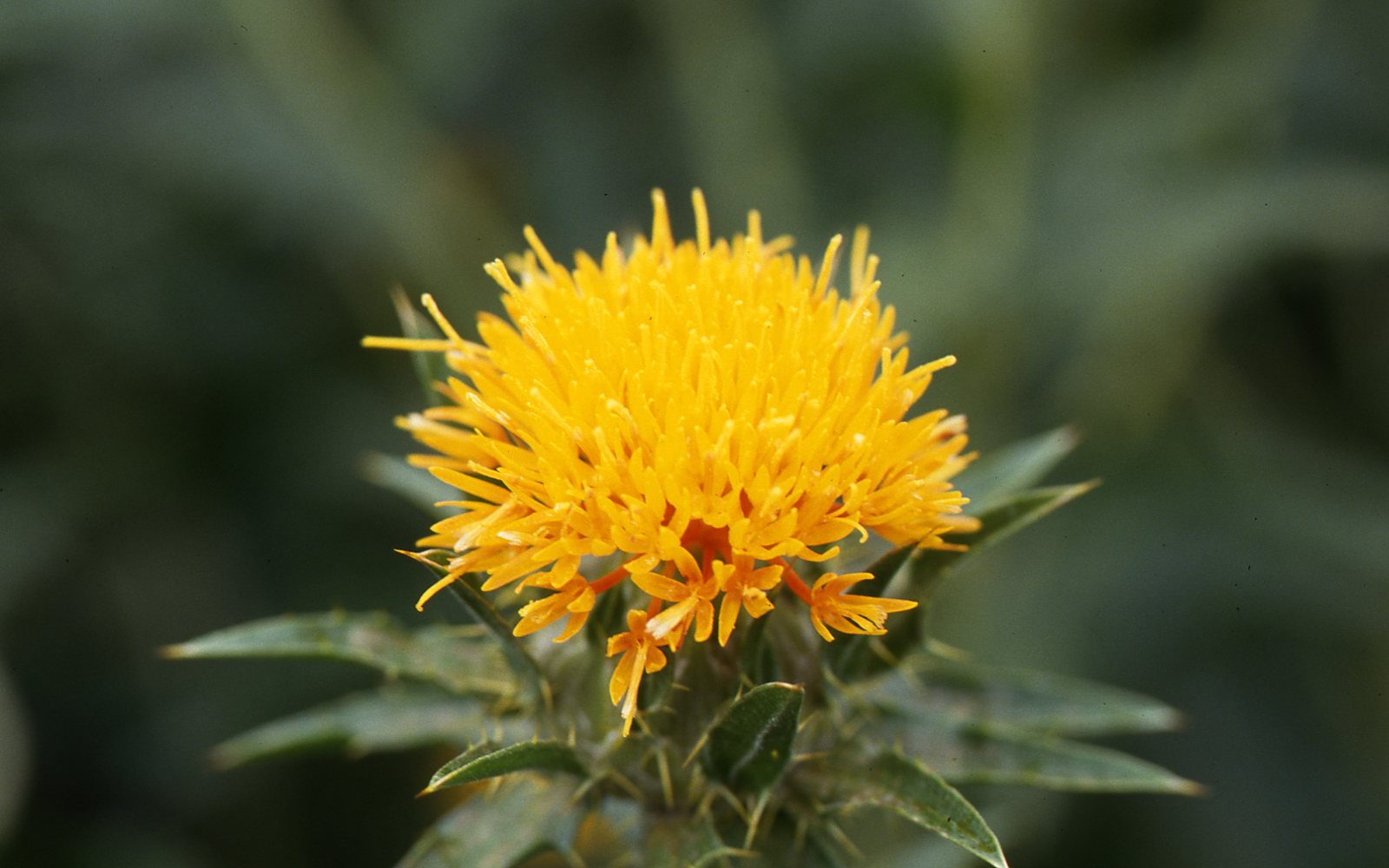
Safflower, a central motif of "Only Yesterday". (Image credit: Yamagata Prefecture)
It may surprise you that Yamagata Prefecture (山形県 Yamagata-ken) has been featured in anime productions many times! The mountainous prefecture that has provided much inspiration for some of the most critically acclaimed anime titles in the world. Some of them are produced by none other than Studio Ghibli (スタジオジブリ Sutajio Jiburi), founded in 1985 by directors Miyazaki Hayao (宮崎 駿) and Takahata Isao (高畑 勲), and producers Suzuki Toshio (鈴木 敏夫) and Tokuma Yasuyoshi (徳間 康快).
"Only Yesterday" trailer. (Video credit: FilmIsNow Movie Trailers)
One of the studio’s earlier works is "Only Yesterday" (おもひでぽろぽろ Omoide Poro Poro), produced in 1991 and directed by Takahata Isao. It’s an adult-centric realistic drama about a woman who goes back to her rural hometown and reflects about her life, while reminiscing her childhood days and wondering if she had stayed true to her dreams. Although not as critically acclaimed worldwide as other Ghibli titles, it was a sleeper hit when it came out in cinemas as it resonated with matured audiences and dealt with themes that are close to Japanese people’s hearts.
"Only Yesterday" is about returning to one's roots, homecoming, and staying true to oneself. (Video credit: YouTube Movies)
The movie’s central character Taeko, a woman born and bred in Tokyo. She decides to take a trip the rural countryside of Yamagata to help out with her brother-in-law’s family’s safflower harvests and get away from city life. Upon making her way there, she began to reminisce her childhood days and started wondering if she had stayed true to her dreams as a child.
Taeko’s sentiments resonate with many locals living in the countryside such as Yamagata, and even foreign visitors can empathise with her. Yamagata is the kind of prefecture that locals would visit as a getaway from the hustle and bustle of big cities, and it boasts many splendid sceneries that visitors ought to check out.

Safflowers in Yamagata. (Image credit: Yamagata Prefecture)
The central motif of "Only Yesterday" is the safflower (紅花 benibana), where Taeko’s main objective was to help out with her family’s safflower harvesting. Safflowers are reddish-yellow flowers that are synonymous with Yamagata Prefecture, and they are traditionally prized and used for making dyes. This practice is still in use today, and visitors can even take part in dyeing workshops to experience making them. Commercially they are used for flavouring foodstuffs such as soba and sticky rice cakes, and also for making lipstick and cosmetics, and in manufacturing textiles for kimono fabrics.

Safflower as flavouring for foods such as soba and sticky rice cakes. (Image credit: Yamagata Prefecture)

Dyeing using safflower. (Image credit: Yamagata Prefecture)

Kimonos dyed using safflowers. (Image credit: Yamagata Prefecture)
In one scene, Taeko makes her way to her brother-in-law’s family’s home in Takase (高瀬), a quiet and peaceful district in Yamagata. Takase is actually known for its safflower fields, which provided as the main setting for "Only Yesterday". In fact, thanks to the movie, many people all over the world have come to learn about the town!
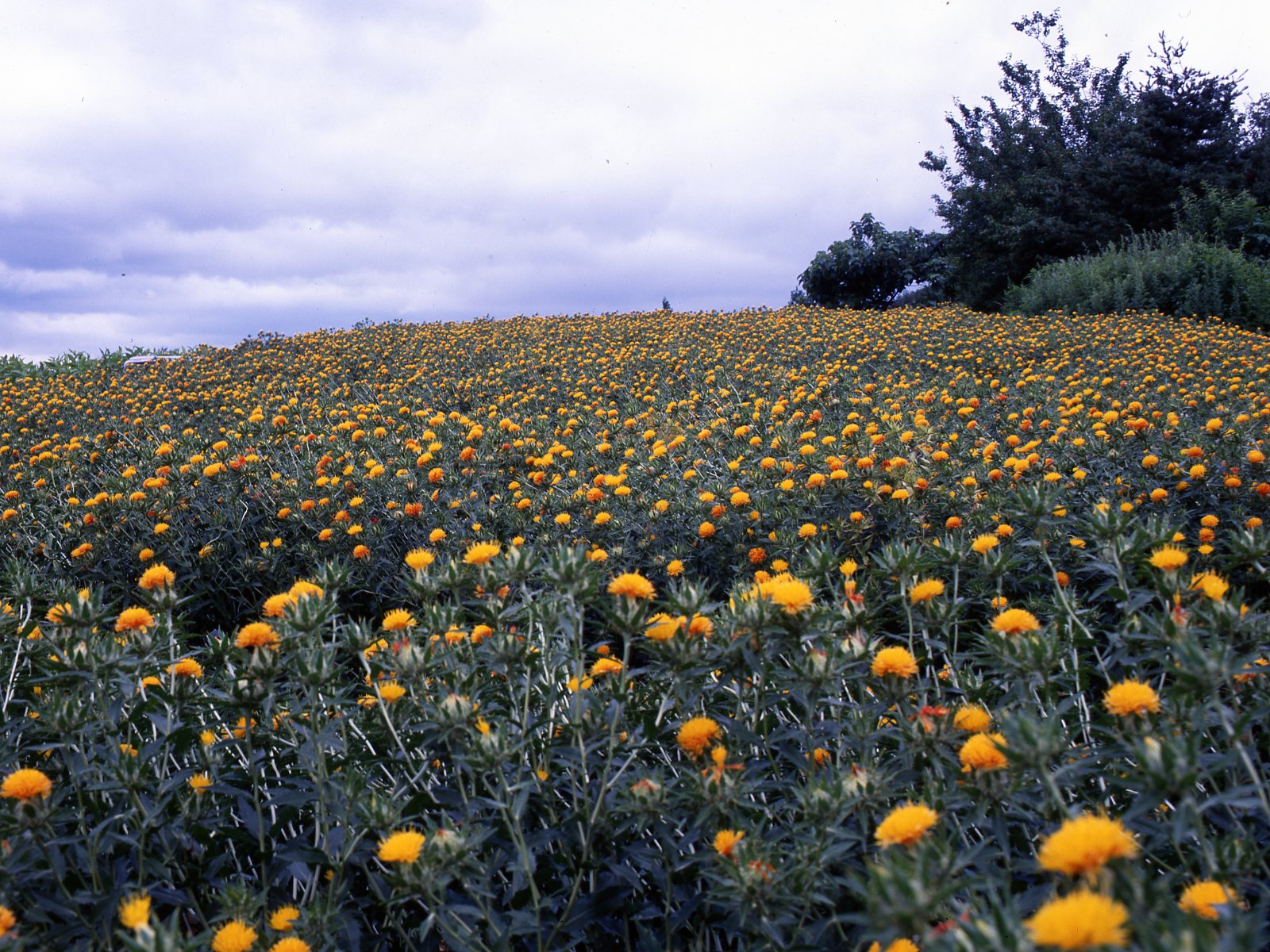
Vast safflower fields during summer in Yamagata. (Image credits: Yamagata Prefecture)
Moreover, safflower forms a part of Takase’s identity so much that it celebrates the Yamagata Benibana Matsuri (山形紅花まつり), a summer event held from early to mid-July every year. During this event, visitors can enjoy viewing the sprawling safflower fields, local performances and entertainment, and take part in safflower dyeing experiences. The activities take place at the nearby Takase Benibana Fureai Center (高瀬紅花ふれあいセンター), which is a 20-minute walk from JR Takase Station (JR高瀬駅 Takase-eki).
(Note: due to the ongoing coronavirus pandemic, this year’s event was cancelled.)
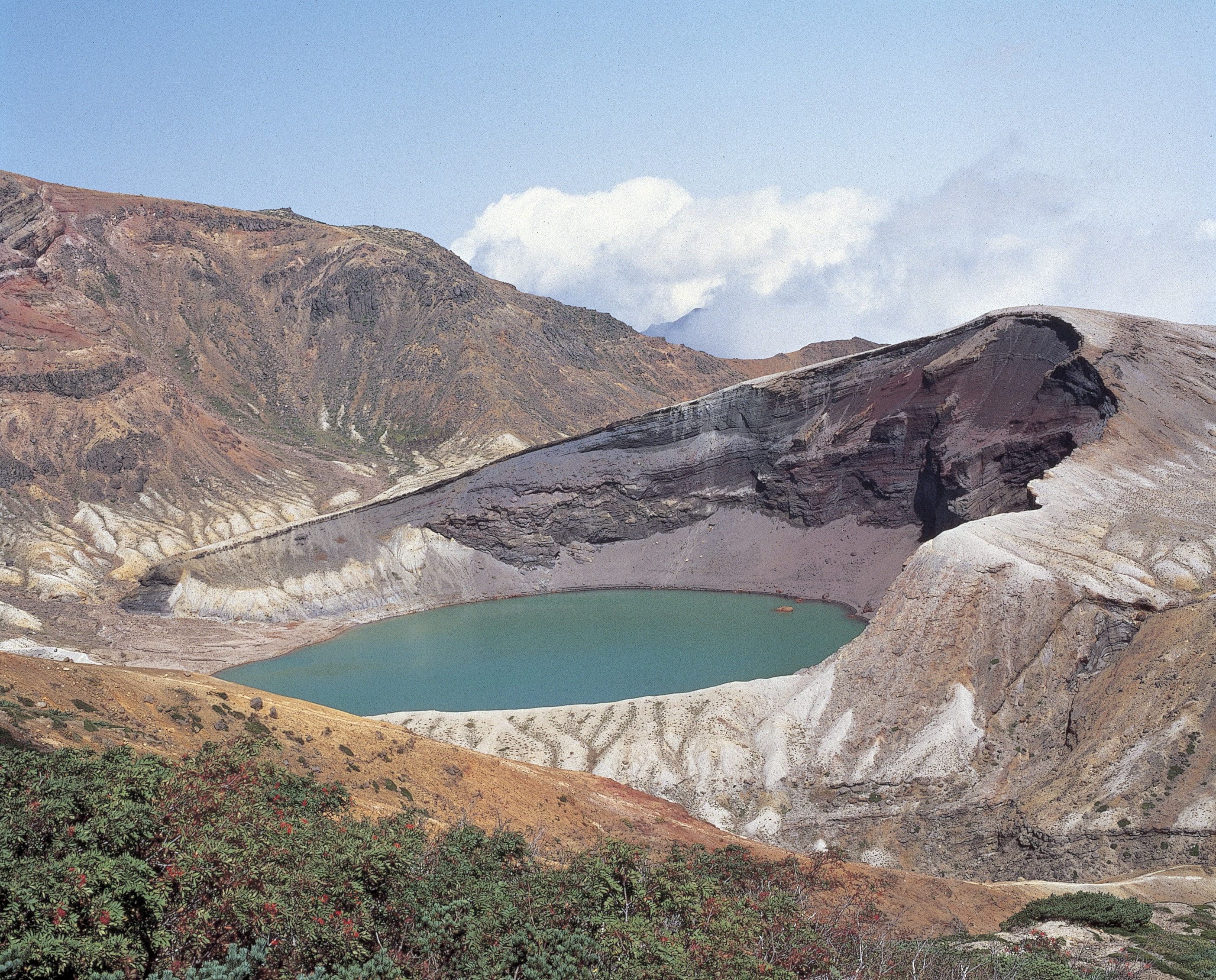
Okama Crater, featured in "Only Yesterday". (Image credit: Yamagata Prefecture / JNTO)
Another memorable scene from the movie was when Taeko made an excursion to visit Mount Zao (蔵王山 Zaō-san), an iconic tourist attraction in Yamagata. Together with Toshio, she visited Okama (御釜), a crater lake that is one of the most popular sites to visit while in the area. Mount Zaō remains highly popular throughout the year, and with the help of the movie, many more people flock here to witness the beauty of the lake.
I’ve also mentioned Okama Crater in an earlier article, so do have a look at it!

JR Yamagata Station, as featured in "Only Yesterday". (Image credit: Yamagata Prefecture)
Perhaps an interesting small point to Taeko’s journey is how it began the same way as with most people: the train station. More specifically, the JR Yamagata Station (JR山形駅 Yamagata-eki). It was shown in this scene, when she set foot on the grounds of her home prefecture and meets Toshio.

The fields of Yamagata. (Image credit: Yamagata Prefecture)
There’s an interesting fact about the movie and the station. People these days commonly take the Yamagata Shinkansen (山形新幹線) to travel from Tokyo to Yamagata, but in the movie Taeko was seen taking an overnight train. Why? It’s because the movie was set in 1982, and shinkansen services weren’t available at the station only until 1992!

In the last scene of the movie, as Taeko was about to return to Tokyo, an image of Yamadera's landscape appeared. (Image credit: JR East)
Last but not least, there was the climactic scene where, as Taeko was about to return to Tokyo, an image of Yamadera's landscape appeared. Yamadera is one of the highlights of Yamagata, and is a historical monument that carries significance in the region (I also wrote more extensively about Yamadera in an earlier article, so do have a look at it). The train ride that she took was also on Senzan Line (仙山線 Senzan-sen), which spans between JR Yamagata Station and JR Sendai Station.
The ending of "Only Yesterday" took place on the Senzan Line that spans between Yamagata and Sendai. (Image credit: JR East)
Being Spirited Away
Since its inception, Studio Ghibli has garnered recognition worldwide for producing amazing animated films for decades, with co-founder Miyazaki Hayao even touted as the "Walt Disney of Japan". The studio has churned out numerous timeless masterpieces, from the commemorative fantasy "Castle in the Sky" (天空の城ラピュタ Tenkū no Shiro Rapyuta) and poignant war drama "Grave of the Fireflies" (火垂るの墓 Hotaru no Haka) in the 1980s, to the visceral classic "Princess Mononoke" (もののけ姫 Mononoke-hime) to the delightfully quirky comedy "My Neighbors the Yamadas" (ホーホケキョとなりの山田くん Hōhokekyo Tonari no Yamada-kun) in the 1990s. But if there’s one work regarded as the most successful of all time, arguably it would be "Spirited Away" (千と千尋の神隠し Sen to Chihiro no Kamikakushi).
"Spirited Away" trailer. (Video credit: YouTube Movies)
Released in 2001, "Spirited Away" tells the story of a 10-year old girl named Ogino Chihiro who enters a world of spirits based on Japanese Shinto folklore. Her parents were turned into pigs by a witch named Yubaba, and she took up a job at Yubaba’s bathhouse to find a way to save herself and her parents, and return back to the human world. Since its release, the movie has grossed more than US$352 million worldwide and more than ¥30.8 billion in Japan, making it the most commercially successful Japanese animated movie of all time. It has garnered numerous awards, including Best Animated Feature at the Academy Award, as the only Japanese animated movie in history to win the category.

Ginzan Onsen, an inspiration for the setting of "Spirited Away". (Image credit: Yamagata Prefecture)
Several places have inspired "Spirited Away", and the places are not just limited to Tohoku Region but inspired by other parts of Japan and even other countries. The central setting of the movie is the bathhouse (銭湯 sentō), and director Miyazaki Hayao drew inspiration from one in his hometown. It is said that, for the majority of the movie’s bathhouse scenes, one of the main inspirations came from the iconic Ginzan Onsen (銀山温泉) in Yamagata Prefecture.

The bathhouse in "Spirited Away". (Image credit: Ghibli)

Ginzan Onsen in winter. (Image credit: JR East / Nazrul Buang)
Ginzan Onsen, which translates as "Silver Mountain Hot Spring", is a hot spring town that lies secluded in the mountains of Yamagata Prefecture. It used to be a silver mine town many years ago, but mining activities have ceased, and the town has been converted into a hot spring town. Now it is famous for being one of the most picture-perfect hot spring towns in Japan, with people from all over the world visiting time and time again.

Ginzan Onsen after sundown. (Image credit: JR East / Nazrul Buang)
I went there for the first time in February this year and was fascinated by its sheer beauty in architecture. Pro tip: try to visit it before and after sundown. The atmosphere transformed when night falls and, like how many visitors have described, it felt magical to see the contrast between the day and night views, especially when the gaslights were lit to illuminate the entire town.

A section of the silver mines at Ginzan Onsen. (Image credit: Yamagata Prefecture)
Visitors who fancy a quick dip can do so at one of the two public baths, and a foot bath available near the town centre at Ginzan Onsen. Each person must pay a fee of ¥500 for the public bath, but for the footbath, it’s free for public use! In fact, for the more adventurous visitors, they can explore the silver mine that still exists near the town centre. But take note: it’s not accessible during winter and early spring because of snowfall, and only a small section of the mine is open for viewing.
 Kanaguya (left) in Nagano, Dōgo Onsen (top right) in Ehime, and Sekizenkan in Gunma. (Image credit: Kanaguya, Sekizenkan, JTA / JNTO)
Kanaguya (left) in Nagano, Dōgo Onsen (top right) in Ehime, and Sekizenkan in Gunma. (Image credit: Kanaguya, Sekizenkan, JTA / JNTO)
"Spirited Away" was inspired not just by Ginzan Onsen, but several other hot spring resorts as well in other parts of Japan. It is said that other hot spring resorts that influenced the movie include Dogo Onsen (道後温泉) in Ehime Prefecture; Sekizenkan (積善館) in Shima Onsen, Gunma Prefecture; and Kanaguya (金具屋) in Shibu Onsen, Nagano Prefecture. If you’re an avid fan of the movie, you can check out these hot spring resorts too!
The Secret World of Aomori
Unbeknownst to most people, Aomori Prefecture has also provided inspiration to one of Studio Ghibli’s newer movies. In 2010, the studio showed us "The Secret World of Arrietty" (借りぐらしのアリエッティ Karigurashi no Arietti), which tells the story of a group of tiny people called Borrowers, who live in secret in the floors and corners of ordinary households. The movie is based on a novel written in 1952 called "The Borrowers" by Mary Norton.
"The Secret World of Arrietty" trailer. (Video credit: Walt Disney Studios)
One day, a boy named Shō is paying a visit to his mother’s childhood home to spend the summer with his great aunt Sadako. Little does he know that the home is also inhibited by a family of Borrowers, one of which is a girl named Arrietty. Gradually Shō and Arrietty learned about each other, and become lifelong friends. 'The Secret World of Arrietty' was the highest grossing movie in Japan for 2010, and has garnered many praises around the world.

The summerhouse in "The Secret World of Arrietty". (Image credit: Ghibli)

Seibien in Hirakawa, Aomori Prefecture. (Image credit: Aomori Prefecture)
The house that Shō spends for the summer is actually based on Seibien (盛美園), a picturesque landscape garden located in the city of Hirakawa (平川市 Hirakawa-shi) in Aomori Prefecture. This magnificent garden is nationally designated as a Place of Scenic Beauty (名勝 meishō), and is unlike other structures in Japan.

Seibien’s garden attached to Seibikan, the central mansion of the compound. (Image credit: Aomori Prefecture)
The garden belongs is designed according to О̄ishi Bugaku-ryū (大石武学流), a Japanese landscaping style that is unique and native to Tsugaru, a region in Aomori Prefecture. It features a large pond, stepping stones, and stone bridges which are distinctive of the style. The meticulously designed garden spans more than 9,000 square metres in area, and it took up to 9 years to be laid out, from 1902 to 1911!

Seibien is designed according to О̄ishi Bugaku-ryū (大石武学流). (Image credit: Aomori Prefecture)
The most outstanding feature of the entire compound is Seibikan (盛美館), a Western-styled mansion that stands in contrast to the Japanese garden. Seibikan was built in 1909 and designed according to Giyofu (擬洋風建築 Giyōfū-kenchiku), which is "Japanese pseudo-Western architecture" that resembles Western-style construction but actually relies on Japanese techniques. This mansion drew inspiration from Japanese and Western architecture that was predominant during the Meiji Period (明治時代 Meiji-jidai).

Seibikan’s traditionally Japanese interior design. (Image credit: Aomori Prefecture)
The big surprise awaits inside Seibikan, where the overall eclectic architectural style is truly showcased. In contrast to the Western-styled exterior, the inside is unmistakably Japanese in design, with its tatami mats and sliding paper doors (障子 shōji). The juxtaposition of Japanese and Western architecture is what makes Seibien and Seibikan outstanding among many other gardens of its kind in the region.
Seibien (盛美園)
Address: 1 Sayuka-Ishibayashi, Hirakawa-shi, Aomori-ken 036-0242
Nearest station: Tsugaru-Onoe Station (津軽尾上駅)
Opening hours: 9am–5pm (10 April–30 September), 9am–4:30pm (1 October–20 November), 10am–3pm (21 November–9 April), closed 29 December–3 January
Admission fee: ¥500 per adult (¥250 per adult during winter, from mid-November to early April)
Tel: +81-172-57-2020
Anime pilgrimage is becoming more popular these days, limited not only to hardcore anime fans but even general anime viewers. I’ve been on an anime pilgrimage to Japan once, albeit a short one. Some of my friends have been on much more ambitious pilgrimages, touring the entire country and venturing out to obscure anime-based locations that even locals haven’t been before. Tohoku Region has inspired many anime titles that are loved worldwide, and in turn inspired people to seek out the actual locations themselves.
There are so many more locations in Japan used in anime not just limited to those by Studio Ghibli, so why not try on a different kind of journey this time round? Perhaps the best locations are those known only to those who watches anime!
More details on the locations
"Only Yesterday": the movie’s central setting is based in Yamagata Prefecture, and her brother-in-law’s hometown is based in the Takase district. Visitors from Tokyo can take the Tohoku Shinkansen from JR Tokyo Station (JR東京駅 Tōkyō-eki) to JR Sendai Station (JR仙台駅 Sendai-eki), and transfer to the JR Senzan Line (JR仙山線 Senzan-sen) and take the train to JR Takase Station. Alternatively, you can take the Yamagata Shinkansen from Tokyo to JR Yamagata Station (JR山形駅 Yamagata-eki), and then transfer to the same JR Senzan Line and proceed to JR Takase Station. The whole journey to Takase takes 2 hours 45 minutes and the fare is ¥12,490 with seat reservation via Sendai route, or 3 hours 10 minutes with a fare of ¥12,220 via the Yamagata route.
"Spirited Away": the movie’s central setting is inspired by Ginzan Onsen, a hot spring resort in Yamagata Prefecture. Visitors from Tokyo can take the Yamagata Shinkansen from JR Tokyo Station to JR Oishida Station (JR大石田駅 Ōishida-eki). Once arrived, take the bus at the station departing for Ginzan Onsen. The bus departs every 60–90 minutes, and the journey takes 35 minutes. The whole train journey takes 3 hours 20 minutes and the fare is ¥12,840 with seat reservation, while the bus fare to Ginzan Onsen is ¥710 per person for one way.
If you like to stay at Ginzan Onsen, you are strongly encouraged to check with the inns directly for room availability and rates.
"The Secret World of Arrietty": the movie’s central setting is based on Seibien in the city of Hirakawa, Aomori Prefecture. Visitors from Tokyo can take the Tohoku Shinkansen from JR Tokyo Station to JR Shin-Aomori Station (JR新青森駅 Shin Aomori-eki), and then transfer to the JR Ou Main Line (奥羽本線 Ōu-honsen) to JR Hirosaki Station (JR弘前駅 Hirosaki-eki), and then transfer again to Kōnan Railway Company's Kōnan Line (弘南鉄道 弘南線 Kōnan-Tetsudō Kōnan-sen) and reach Tsugaru-Onoe Station (津軽尾上駅 Tsugaru-Onoe-eki). The garden is a 20-minute walk from the station. The whole train journey takes 4 hours 40 minutes and the fare is ¥18,640 with seat reservation. Note that the Kōnan Line is not covered by the JR EAST PASS, so pass holders need to pay an additonal ¥420 for the fare.
(INSIDER TIP: If you have the JR EAST PASS (Tohoku area), you can travel all the trains mentioned above and make seat reservations for free!)
JR EAST PASS (Tohoku area)
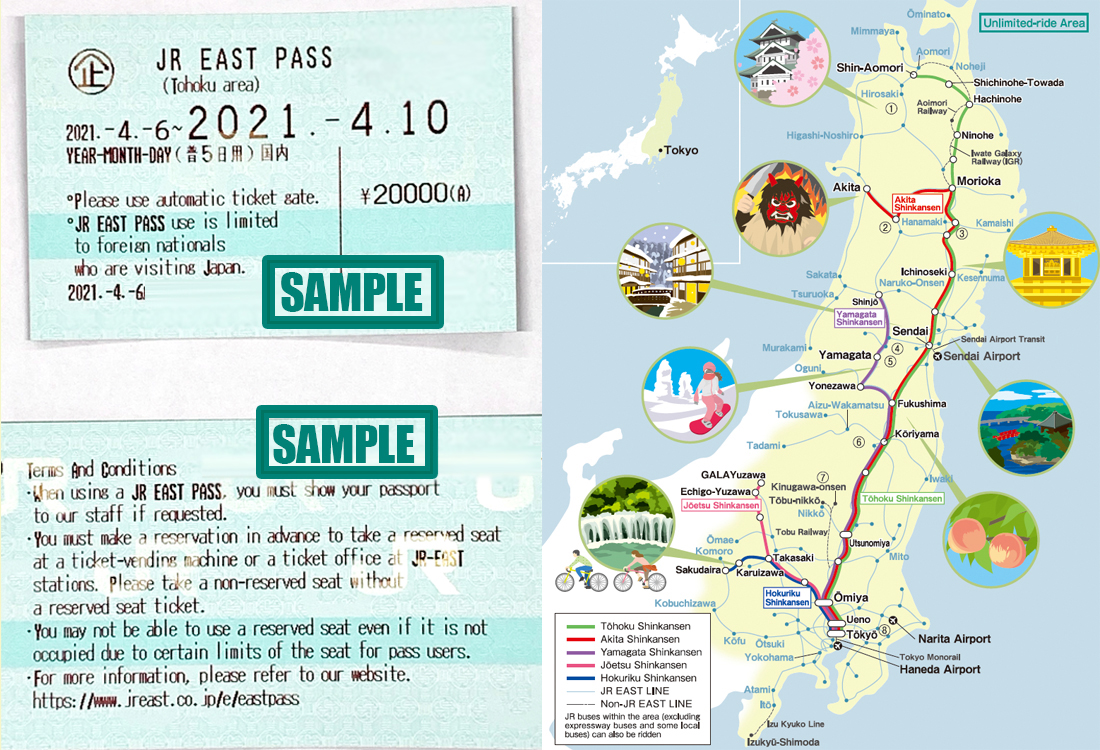 The new JR EAST PASS (Tohoku area) and where you can use it. (Image credit: JR East)
The new JR EAST PASS (Tohoku area) and where you can use it. (Image credit: JR East)
The JR EAST PASS (Tohoku area) is an affordable pass that offers unlimited train rides on JR East lines, including bullet trains, within the valid area for 5 consecutive days. It's only ¥20,000, making it a considerable option for rail travellers. Pass holders can also reserve seats online for up to a month in advance for free. For more information on the JR EAST PASS (Tohoku area), you can visit the link here.
NOTE: From 1 April 2021, there have been some changes in the validity and pricing of the JR EAST PASS (Tohoku area). For more information, please check here.
Header image credit: Yamagata Prefecture



